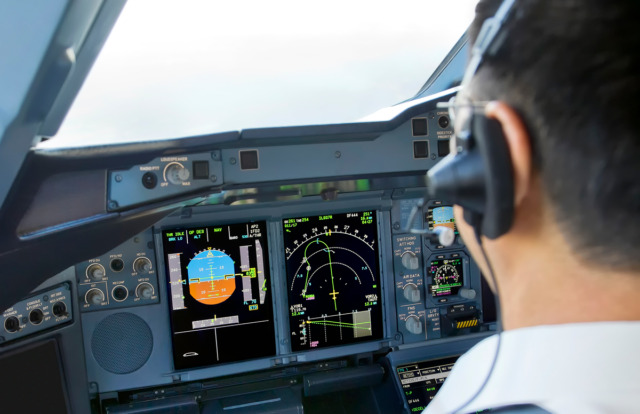
Given today’s tight budgets, operating concerns, and evolving communications technologies, choosing the right safety management system (SMS) is more important than ever before (See “Cultivating a Safety Culture,” BAA Sept/Oct 2020).
Your SMS helps to prevent bad outcomes, and to investigate and understand the root causes of potential problems, so that you can implement effective risk controls, including policies, procedures, and training. Today, software is available which can accumulate and analyze flight data automatically to support that mission, as well as share data and insights among multiple operators.
When choosing a system, consider the problems you’ll want to avoid or address. Typical challenges are:
- Is the system highly focused on your Safety Team (those charged with administering your SMS)? Are they using it to perform their safety processing steps and manage the program? If so, your line personnel (pilots, dispatchers, and maintenance techs) and even the management team may not feel ownership of the system, rarely use it to its fullest, and/or feel it’s too cumbersome for everyday use.
- Is the system too complex? Some systems try to capture so much data from those submitting reports that line personnel may be overwhelmed by the jargon and the amount of time it takes away from their jobs to fill out forms. Make it easy for your team to report actual or potential safety problems by choosing a system that is simple and intuitive to use.
- Does the system interface well within your organization? Too often, safety information and systems are separated into silos. Documents, training, safety reporting, Flight Operations Quality Assurance (FOQA) data, and risk controls need to be in one place, to make it easy for your whole team to access what they need when they need it.
Taking these things into consideration, ask these three questions when choosing an SMS software system:
Is It Simple?
- Can it be used by the whole organization (i.e. flight operations, maintenance, ground handling, and management)?
- Can it be used on mobile devices and computers so your mobile workforce can stay connected continually?
- Is the software intuitive and easy to understand? Does it use the latest design, and is it simple to enter data?
Is It Meaningful?
- Does it help your team, including contract employees and third party suppliers, perform tasks in the safest way possible?
- Can your team easily find safety documents, policies, and procedures, and does it help them report safety concerns or problems?
- Will it help track any negative outcomes, such as asset damage, injuries, environmental damage, and reputation damage?
- Will it allow you to track negative mission impacts, like flight delays, turn-backs, diversions, and cancellations; as well as deviations, malfunctions, hazards, root causes, and risk?
- Can you easily benchmark your organization’s performance against similar organizations, to help ensure your operation meets or exceeds current industry standards?
- Will it help you understand the cost of safety-related events?
- Does the system have automated risk controls to help your team assess their flights and ensure everyone follows standard operating procedures to address the hazards?
Can the system be configured for your operation’s unique needs?
Is It Seamless?
- Is there just one place for all safety information, without redundant data entry?
- Does it integrate with other systems such as flight planning, scheduling, and flight data monitoring, and offer the flexibility to integrate with others?
Simple, meaningful, and seamless software helps put your program on a solid foundation. With proper training, alignment of the system with your processes, and the leadership to promote and require its use, a new system will enable your operation to enhance risk management, and foster greater consistency throughout the organization. And that enables your team to spend more time focusing on the task at hand: keeping you, your passengers, and your aircraft safe. BAA
Steve Bruneau is the Vice President of Aviation Services at Polaris Aero. With an MS in Aerospace Engineering, he previously served as COO of Pulsar Informatics, and has 25+ years of process consulting experience.




